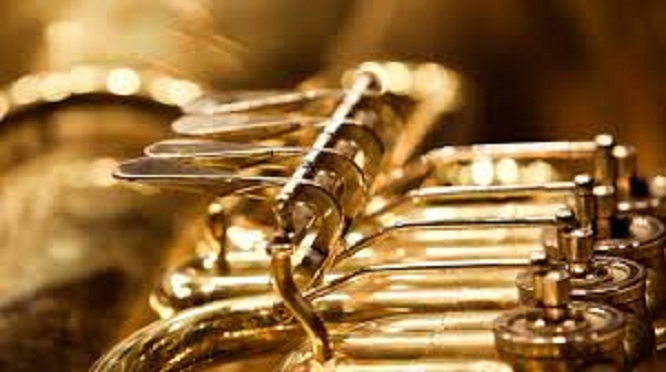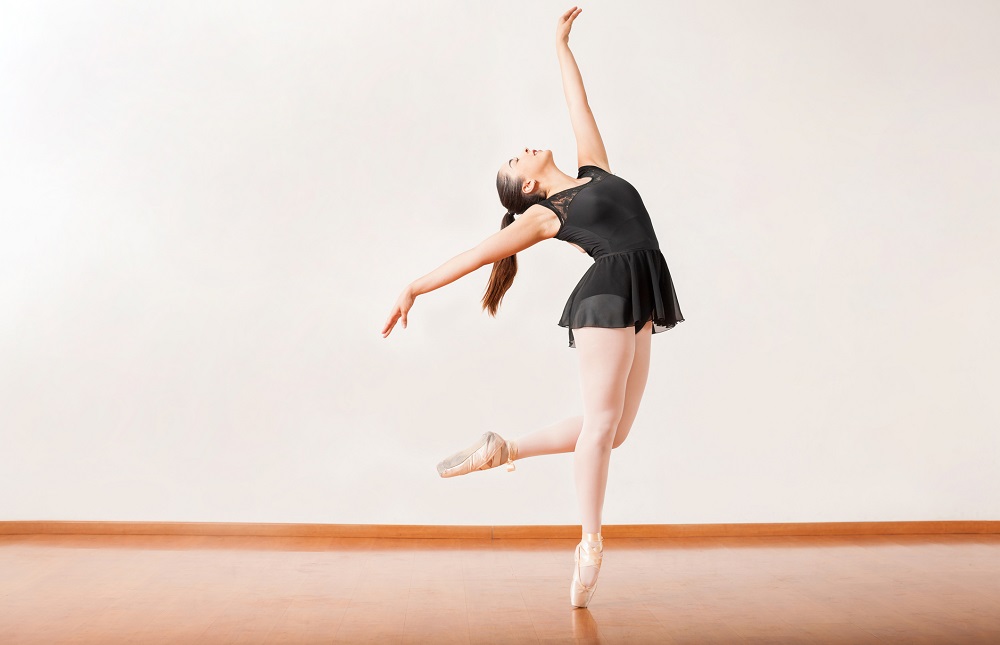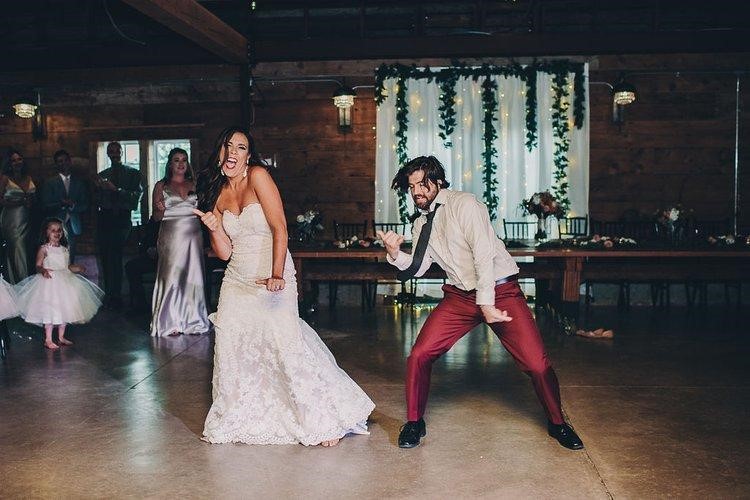Brass instruments have shaped music for centuries, known for their bold and powerful sound. From classical to jazz, and now to modern pop and electronic music, their role keeps expanding.
Today, they are not just background elements; they often take center stage. Their evolution shows how adaptable they are to changing music styles.
Brass continues to influence genres in new and creative ways. Ready to explore how?
Let’s dive into the evolution of brass instruments in modern music.
Early Influences on Modern Brass Sounds
The earliest versions of brass instruments were simple and had limited range. Over time, players began pushing boundaries, and composers started writing more dynamic parts for them. This set the stage for brass to become a core part of orchestral music.
In the 20th century, jazz brought a new wave of expression for brass musicians. Improvisation gave brass a freer, more emotional style. That shift carried into other genres like soul and funk.
Players started experimenting with mutes and other techniques. These early influences made brass more adaptable. That flexibility still shapes their role in modern music today.
Integration into Jazz and Big Band
Jazz gave brass a new home and a strong voice. Trumpets and trombones led melodies, added harmonies, and filled in backgrounds. Their energy matched the spirit of the genre perfectly.
Big band music highlighted the power and unity of brass sections. Musicians began using different articulations and playing styles to add texture. This added emotional weight to solos and group parts.
Brass became more than just support; it became a lead voice. The excitement of live brass in jazz remains unmatched. It also laid the groundwork for more adventurous uses later on.
Brass in Rock and Funk Movements
In the 1960s and 70s, rock and funk embraced brass instruments in bold new ways. Horn sections added sharp stabs and groovy hooks to already powerful rhythms.
The music gained energy and flair when brass came in. This was a major step from background roles to center stage. The arrangements focused on short, punchy lines.
It kept the pace fast and the sound rich. Brass added depth without slowing down the drive. These genres proved brass could be both aggressive and smooth. That balance became their strength in modern settings.
Expansion into Film and Television Scores
Film scores brought brass instruments into wider public appreciation. Their power was used to build tension, emotion, and grandeur in soundtracks. Brass can easily shift between heroic, mournful, and suspenseful moods.
That makes them ideal for dramatic scoring. Composers began layering multiple brass parts for impact. You’ll often hear this in action and fantasy films.
Brass instruments help create the emotional rise and fall of a scene. Their presence often lingers, even after the visuals fade. This emotional power expanded their role beyond the stage and into storytelling.
Electronic Fusion and Digital Effects
Modern producers have embraced the digital side of brass sounds. Samples and synths now imitate or blend with real brass tones. But many still prefer recording live brass for authenticity.
Mixing acoustic brass with electronic beats adds an edge. The contrast between warm brass and sharp electronic layers is striking. Artists often manipulate brass recordings with effects.
This stretches the sound and adds uniqueness to each track. Brass remains flexible enough to be molded by digital tools. That has helped it stay relevant in today’s genre-blending music world.
Brass in Indie and Alternative Genres
Indie music often surprises listeners with unexpected brass arrangements. These artists use brass to break away from typical band setups. A single trumpet or trombone can create a memorable hook.
It gives a raw and emotional texture to otherwise soft sounds. The contrast works well in live performances. It draws attention and keeps the experience fresh.
Brass adds richness without needing big production. This makes it perfect for smaller, more personal recordings. It shows how brass fits into even stripped-down music styles.
Improvisation and Live Experimentation
Brass instruments are excellent for live shows because they allow expression. Players can improvise freely in real time. This gives each performance a unique feel.
Audiences love the spontaneity and energy of live brass solos. Musicians often interact with each other through their instruments. They answer back, build tension, and let go, all on the spot.
That interaction brings a human touch to performances. It also keeps brass players in demand for live gigs. Their ability to adapt and react is hard to replace.
Cross-Cultural Blends and World Music
Brass instruments have traveled across cultures and continents. Musicians in Latin, African, Balkan, and Asian music all use brass. Each region brings its own rhythms and phrasing to the mix. This cross-pollination has created exciting new sounds.
Brass adds punch to fast-paced global beats. In some cultures, brass is key to celebrations and ceremonies. When mixed with Western styles, it creates something fresh.
Tubas and Low-End Power in Modern Music
Lower brass, especially tubas, has found a new purpose in current music. While often tied to marching bands, they now add weight to modern tracks.
Some producers use tubas instead of bass guitars or synths. Their deep tone grounds the mix with a natural feel. Brass players are exploring extended techniques and creative phrasing. This gives low-end brass a melodic and rhythmic role.
Their size and sound might seem limiting, but they adapt well. Today, tubas can hold down a groove or take the lead. Their evolution shows how far brass has come in flexibility.
Brass in Music Education and Accessibility
Brass instruments are becoming more accessible to new players. Schools and online platforms offer lessons in modern styles. Students are learning pop and jazz along with classical pieces. This early exposure to variety helps build creativity.
More youth ensembles now play modern arrangements. It keeps students engaged and improves their technique. Easy access to recordings and tutorials also helps.
Young players are inspired by diverse musical uses of brass. This ensures the next generation continues to innovate.
Explore the Evolution of Brass Instruments in Modern Music
Brass instruments have gone through a remarkable journey. From classical halls to digital studios, they’ve proven their adaptability. Their rich tone, expressive range, and cultural flexibility keep them essential in today’s music scene.
Whether live or recorded, acoustic or blended with electronics, brass continues to impress. As modern music evolves, so too will the sound and role of these instruments. The future of brass is loud, bold, and full of possibility.
There’s lots more to discover — just head to the blog.

Dilawar Mughal is an accomplished author with a passion for storytelling. His works span various genres, from thrilling mysteries to heartfelt romance novels. With a keen eye for detail and a knack for character development, Sana Fatima weaves engaging narratives that captivate readers and transport them to new worlds.









